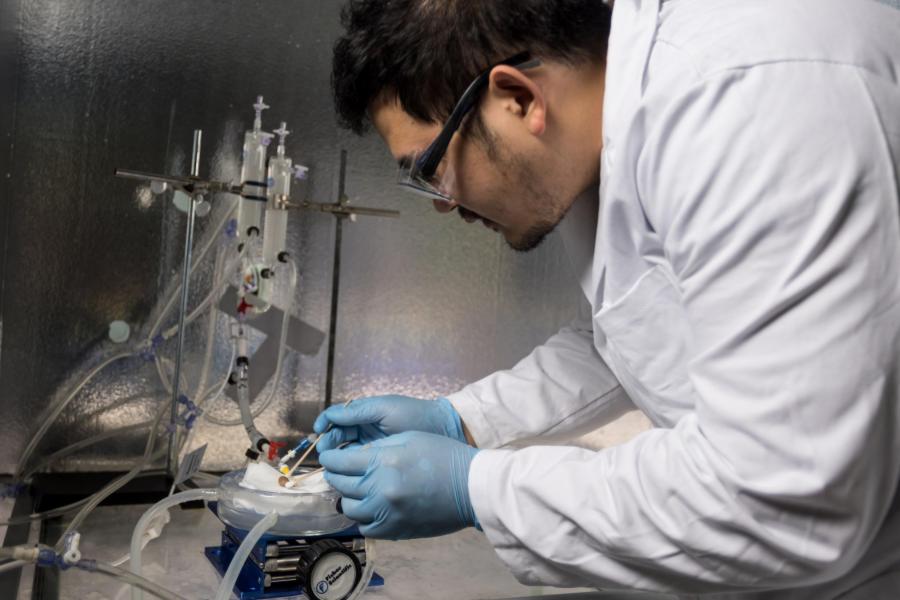La cryogenics, the idea of freezing and preserving the human body with the hope of future rebirth, has long fascinated scientists and enthusiasts. Today, major advances in a technique called nanowarming bring new promise to this research.
Scientists from the Center for Organ and Tissue Preservation at the University of Minnesota have highlighted the effectiveness of nanowarming on mice in the preservation and success of kidney transplantation.
The Nanowarming technique: “magnetic defrosting”
What exactly are we talking about when we say “nanowarming”? This is a technique that uses a copper coil radio frequency to generate a magnetic field. By stimulating the iron nanoparticles embedded in frozen organs, nanowarming provides a more uniform and controlled thawing process.
Experiments on rat kidneys demonstrated the effectiveness of the technique, with preserved kidneys successfully transplanted into live rats after thawing. In the past, the technique had only been applied to smaller elements (such as frozen arteries, in this 2017 study): it is the first time that it has been applied to an entire organ.
This discovery (I link you here press release) not only promises to improve organ transplant techniques, but also raises broader implications for the future of cryogenics and the future, potential “awakening” of cryogenically frozen individuals.

Possibilities and unknowns
Research into cryogenics and nanowarming could have significant implications for the future of medicine and human longevity. It is important to note that we are still in the early stages of this research and there are many challenges to overcome before this technique can be applied on a large scale.
However, we are faced with very notable steps forward. The successful application of nanowarming in rat kidney preservation and transplantation highlights the potential to extend this technique to larger organs and ultimately to whole-body preservation.
Advances that could revolutionize the way we approach life extension and preservation.


